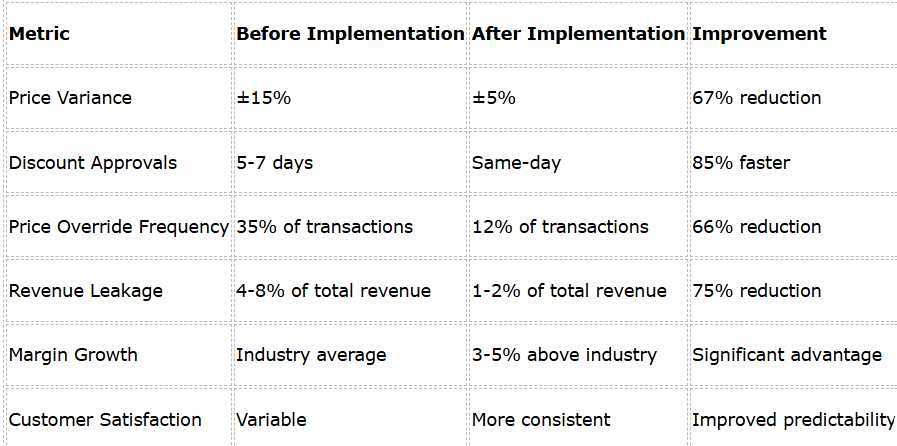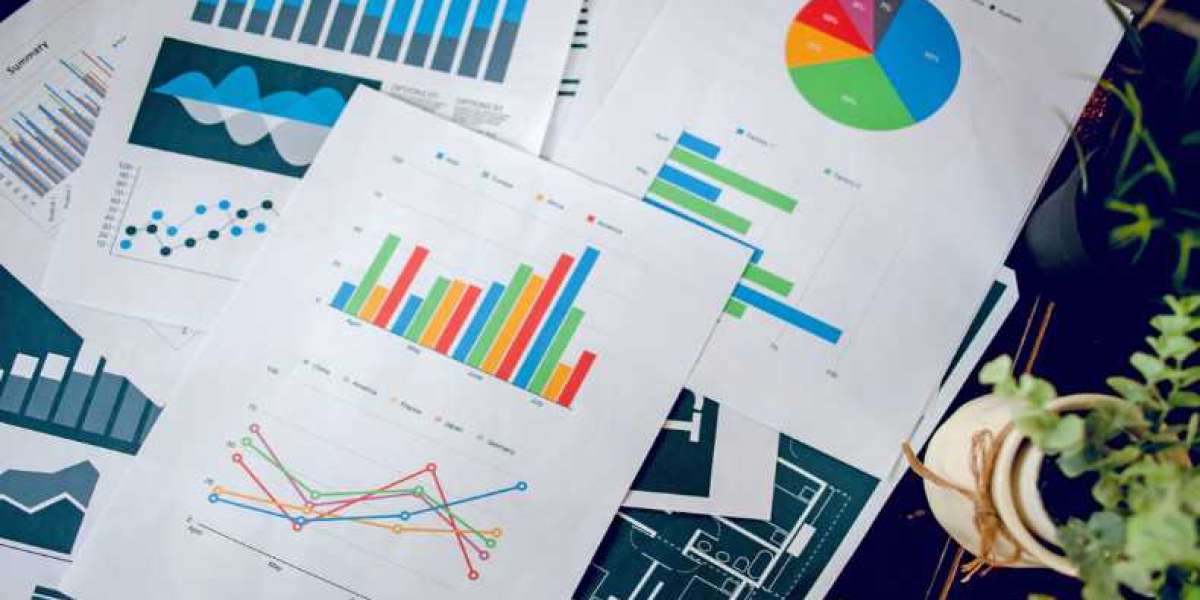Pricing analytics, the science of using data to inform pricing decisions, has emerged as a critical capability for businesses seeking sustainable growth. This article explores how implementing pricing analytics can revolutionize your business strategy and drive profitability.
Understanding Pricing Analytics
What is Pricing Analytics?
Pricing analytics refers to the systematic use of data and statistical techniques to understand how customers and markets respond to different pricing strategies. It involves collecting, analyzing, and interpreting data to make informed pricing decisions that maximize revenue and profit margins.
The Evolution of Pricing Strategies
Pricing has evolved from traditional cost-plus methods to more sophisticated approaches:
- Cost-plus pricing: Setting prices based on production costs plus a desired profit margin
- Competitor-based pricing: Setting prices relative to competitors
- Value-based pricing: Setting prices based on the perceived value to customers
- Dynamic pricing: Adjusting prices in real-time based on market conditions and demand
- Algorithmic pricing: Using advanced algorithms to determine optimal prices across products and customer segments
Today's pricing analytics combines these approaches with powerful data analysis to create pricing strategies that are both responsive and forward-looking.
The Business Impact of Advanced Pricing Analytics
Revenue and Profit Enhancement
Research consistently shows that pricing improvements have a significantly greater impact on profitability than other strategic initiatives. Consider these statistics:
- A 1% improvement in price can lead to an 8-15% increase in profits
- Pricing optimization can increase revenue by 2-7% within 12 months
- Companies with mature pricing analytics capabilities outperform peers by 3-5% in return on sales
Competitive Advantage
In markets where product differentiation is challenging, pricing becomes a critical competitive differentiator. Advanced pricing analytics provides:
- Market intelligence: Better understanding of competitor pricing strategies
- Agility: Ability to respond quickly to market changes
- Customer insights: Deeper understanding of price sensitivity across segments
- Scenario modeling: Capacity to test different pricing strategies before implementation
Key Components of an Effective Pricing Analytics Framework
Data Collection and Integration
The foundation of pricing analytics is comprehensive, high-quality data from multiple sources:
- Internal data:
- Transaction history
- Cost structures
- Product specifications
- Customer purchase patterns
- External data:
- Competitor pricing
- Market trends
- Economic indicators
- Industry benchmarks
Advanced Analytics Techniques
Modern pricing analytics employs sophisticated analytical methods:
- Price elasticity modeling: Measuring how demand changes with price
- Customer segmentation: Identifying groups with similar willingness-to-pay
- Conjoint analysis: Understanding how customers value different product attributes
- Machine learning algorithms: Detecting patterns and making predictions
- A/B testing: Experimenting with different price points
Decision Support Systems
Translating analytical insights into actionable pricing decisions requires:
- Real-time dashboards with pricing recommendations
- Simulation tools to forecast the impact of price changes
- Workflow integration to implement pricing decisions efficiently
- Monitoring systems to track performance against KPIs
Implementation Roadmap: From Basic to Advanced Pricing Analytics
Stage 1: Pricing Intelligence
Start by developing visibility into your current pricing landscape:
- Audit existing pricing strategies and policies
- Map price points across product portfolio
- Analyze transaction data to identify patterns
- Develop baseline metrics for price performance
Stage 2: Price Optimization
Move toward more systematic price setting:
- Develop price elasticity models
- Implement customer segment-specific pricing
- Establish value-based pricing for key products
- Create formal pricing governance processes
Stage 3: Dynamic Pricing Capabilities
Advance to responsive, market-driven pricing:
- Implement real-time pricing adjustments
- Develop algorithmic pricing models
- Integrate pricing with inventory and supply chain systems
- Create automated pricing rules for different market conditions
Industry-Specific Applications
Retail
- Markdown optimization: Determining optimal timing and depth of discounts
- Promotional pricing: Maximizing impact of promotional campaigns
- Personalized pricing: Tailoring offers based on customer shopping history
- Competitor price matching: Automating responses to competitor price changes
Manufacturing
- Contract pricing: Optimizing long-term agreement pricing
- Volume discounting: Creating effective quantity break structures
- Product bundling: Determining optimal package pricing
- New product pricing: Setting prices for innovations with limited historical data
SaaS and Subscription Businesses
- Tiered pricing models: Optimizing feature sets and price points across tiers
- Usage-based pricing: Setting metrics and rates for consumption pricing
- Conversion optimization: Maximizing trial-to-paid conversion rates
- Churn prevention: Using pricing incentives to increase retention
Comparative Results: Before and After Pricing Analytics Implementation
The following table illustrates typical outcomes when companies implement advanced pricing analytics:

Overcoming Implementation Challenges
Organizational Alignment
Successful pricing analytics requires cross-functional collaboration:
- Executive sponsorship: Secure C-suite champion for pricing initiatives
- Change management: Prepare sales teams for data-driven pricing
- Incentive alignment: Ensure compensation structures support pricing strategy
- Training: Develop pricing analytics capabilities throughout the organization
Technology and Data Challenges
Address common technical hurdles:
- Data quality and integration issues
- Legacy system limitations
- Analytics skill gaps
- Resistance to algorithm-based decisions
Future Trends in Pricing Analytics
AI and Machine Learning
Next-generation pricing analytics will leverage artificial intelligence to:
- Predict individual customer willingness-to-pay
- Automatically detect and respond to market changes
- Optimize prices across thousands of SKUs simultaneously
- Incorporate unstructured data (social sentiment, reviews) into pricing decisions
Ethical Pricing Considerations
As pricing capabilities advance, ethical considerations become increasingly important:
- Transparency in pricing practices
- Fairness across customer segments
- Regulatory compliance
- Customer trust preservation
Why Professional Pricing Analytics Services Are Essential
Pricing optimization represents the single most impactful lever for improving profitability in today's data-driven business environment. However, building effective pricing analytics capabilities requires specialized expertise that most organizations don't possess internally.
The Critical Value of Pricing Analytics Services
Professional pricing analytics services provide several key advantages that internal teams often cannot match:
- Specialized expertise: Access to data scientists and pricing strategists with deep industry knowledge
- Advanced technology platforms: Sophisticated modeling tools and AI algorithms without significant capital investment
- Objective perspective: Unbiased analysis free from internal politics and historical pricing practices
- Implementation acceleration: Proven methodologies that bypass the typical learning curve
- Ongoing optimization: Continuous refinement based on market changes and performance data
Transforming Your Business Strategy
Partnering with pricing analytics experts enables your organization to:
- Capture immediate value: Most businesses see ROI within 3-6 months of implementation
- Develop sustainable capabilities: Transfer knowledge to internal teams for long-term success
- Avoid costly pitfalls: Navigate common implementation challenges with expert guidance
- Maintain competitive edge: Stay ahead of market trends and competitive threats
In an era where pricing precision can mean the difference between market leadership and obsolescence, professional pricing analytics services aren't merely a business expense—they're a strategic investment with documented returns that typically exceed 10x the initial investment. By leveraging external expertise to transform your pricing strategy, you position your business to maximize profitability, enhance customer relationships, and secure sustainable competitive advantage in an increasingly complex marketplace.
The question is no longer whether your business needs advanced pricing capabilities, but whether you can afford to delay implementing them while competitors forge ahead with data-driven pricing strategies that capture market share and customer loyalty.



